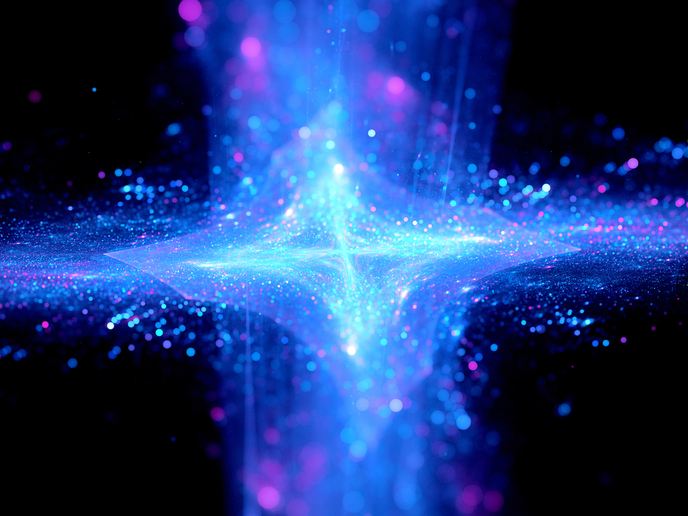How graphics cards are helping to capture the rarest event in the universe
The Standard Model of particle physics is our best current explanation for the laws of nature. However, it fails to explain phenomena such as dark matter, gravity at the quantum scale, and the observed imbalance between matter and antimatter in the universe.
Universal laws
Alternative models are waiting in the wings, such as supersymmetry. To test which of these theories is most accurate, Diego Martínez Santos, project coordinator of BSMFLEET, examined a subatomic particle known as a strange quark, or ‘s quark’. On extremely rare occasions, the s quark decays in an unexpected way due to flavour violation. Measuring the rate of these occurrences would hint at which model was most accurate. “With the Large Hadron Collider (LHC) we have a detector that reconstructs particle decays, but wasn’t meant to select strange quarks,” explains Santos.
Video games
Around 6 years ago, the physicists realised that the decay of the strange quark was something that could be recorded by a modified trigger system at the LHCb detector, one of the four main detectors at CERN. His team, from the University of Santiago de Compostela, developed such a trigger system to run during the period 2016-2019. More recently, the system has been improved with GPU cards, more commonly used to render graphics in video games. Strange quark decays do not deviate much from their initial momentum, making them hard to see against background noise. What’s more, the Standard Model predicts that the unusual decay Santos was searching for has only a one in 200 billion chance of occurring, meaning that Santos was searching for as few as two incidences in all the data gathered from 2015 to 2018. Other models predict far higher frequency – as often as once every 1 million events. “The goal is to find any deviation from the Standard Model: decays that the model comes close to forbidding,” he says. “In other models, these events are not as suppressed, so we would be deciding which should replace the Standard Model.”
Slow science
The work was carried out with support from the EU’s Horizon 2020 programme. “It would have been almost impossible to have conducted this research without the EU funding,” notes Santos. As the main tasks are now complete, Santos and his team will go into 2021 analysing their data, searching for what may prove to be the rarest event ever recorded in the giant particle collider. Santos says his interest in analysing the physics captured in collisions lasting a billionth of a second comes from his desire: “To understand better the fundamental laws of nature.” He adds: “Maybe, at some point in the future, perhaps centuries from now, there will be an application for what we discover. Sometimes it takes time to fully make use of breakthroughs that seem, initially, to be abstract.”
Keywords
BSMFLEET, universe, physics, LHC, CERN, strange, quark, muon, decay, flavour, violation







